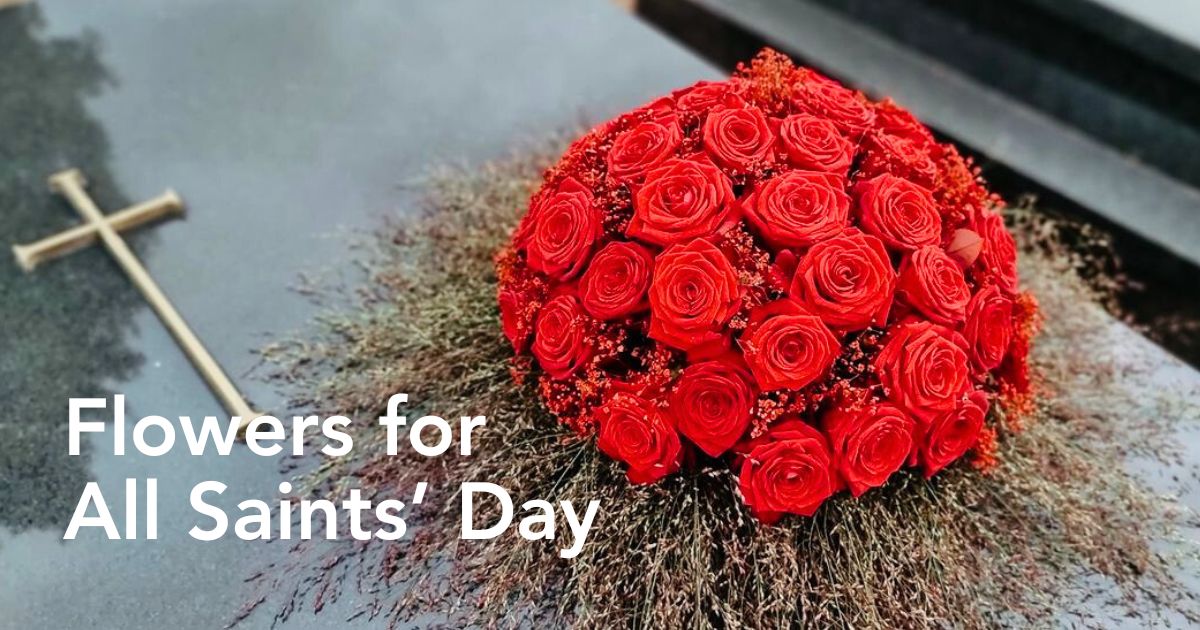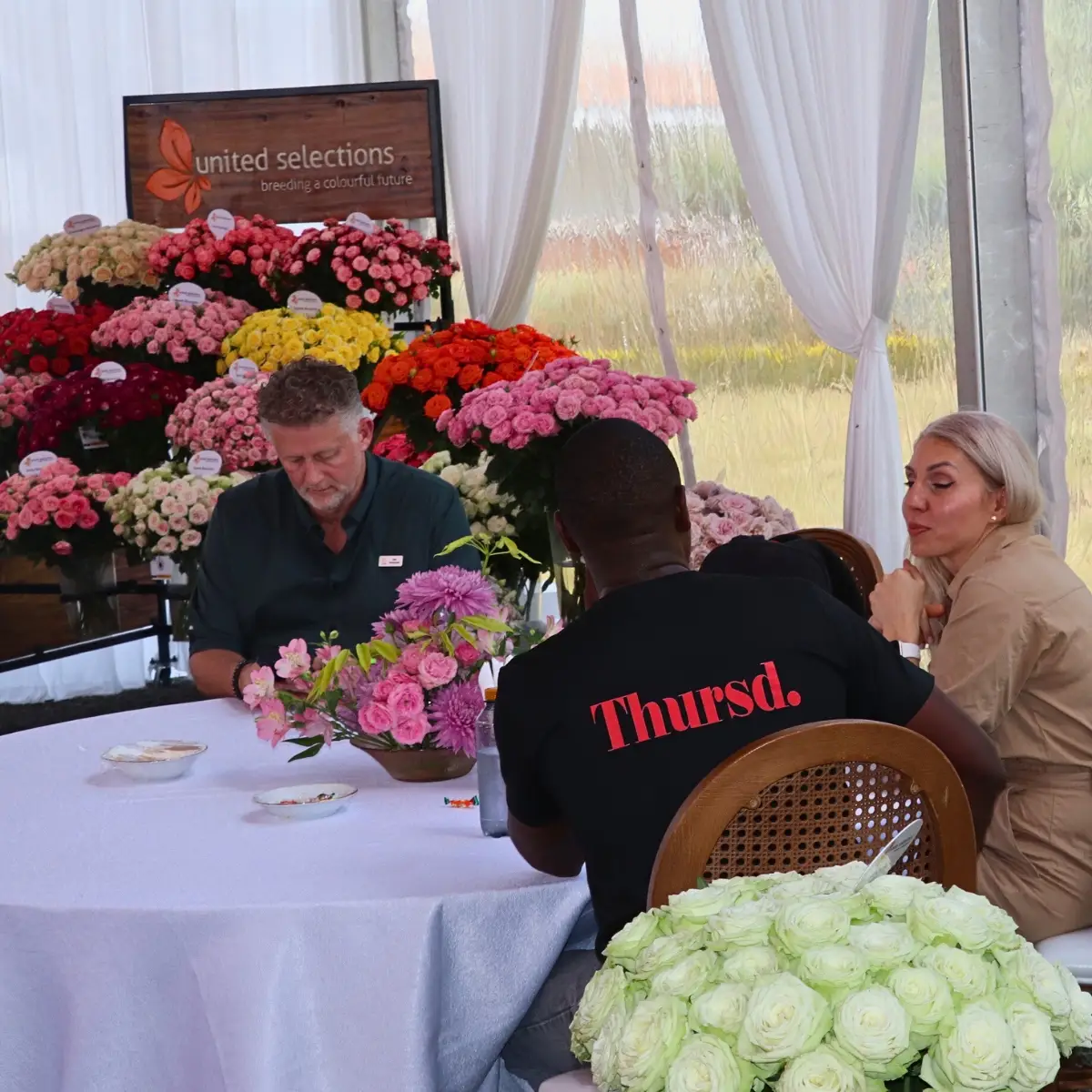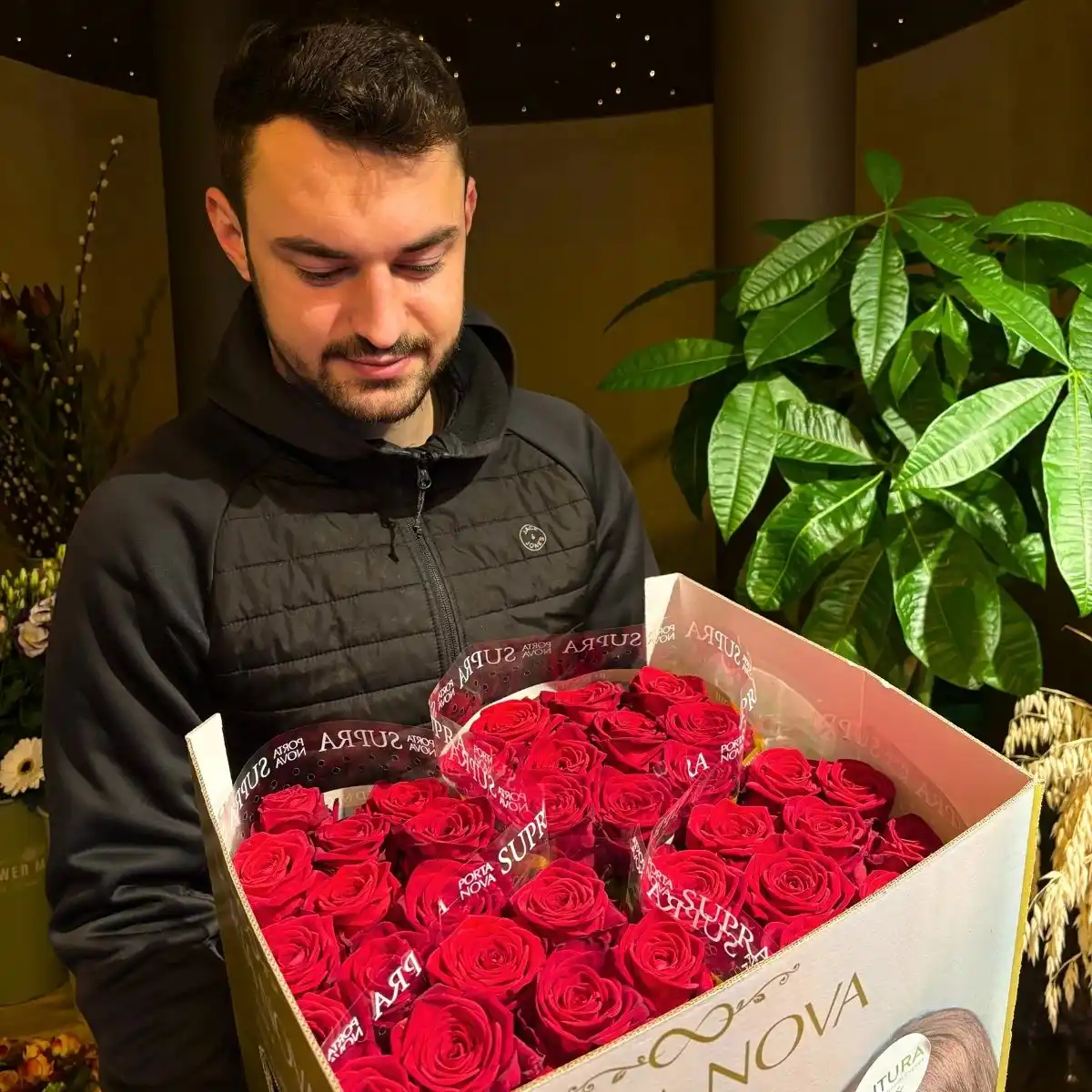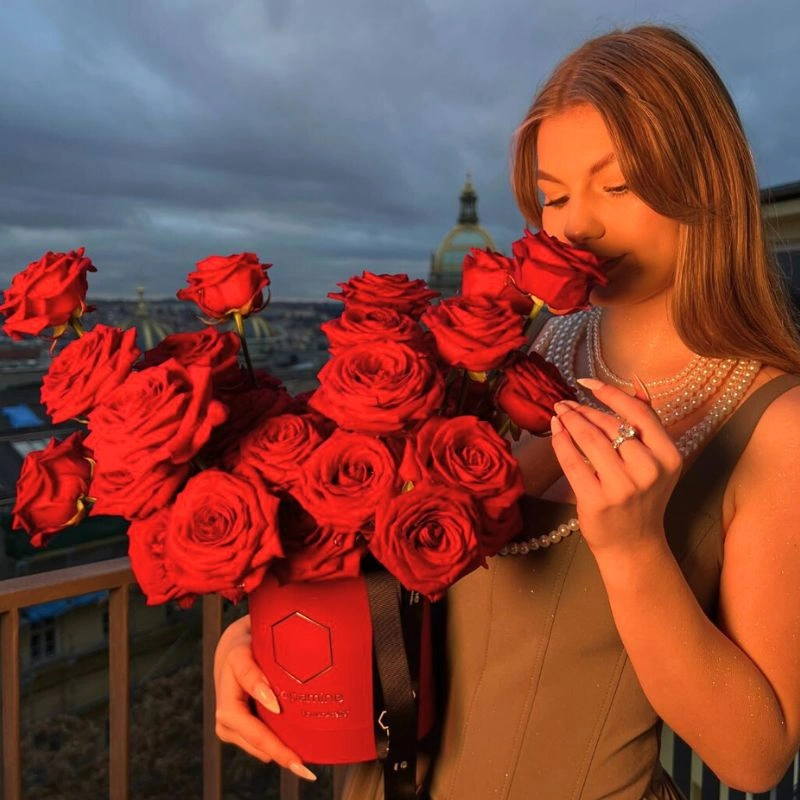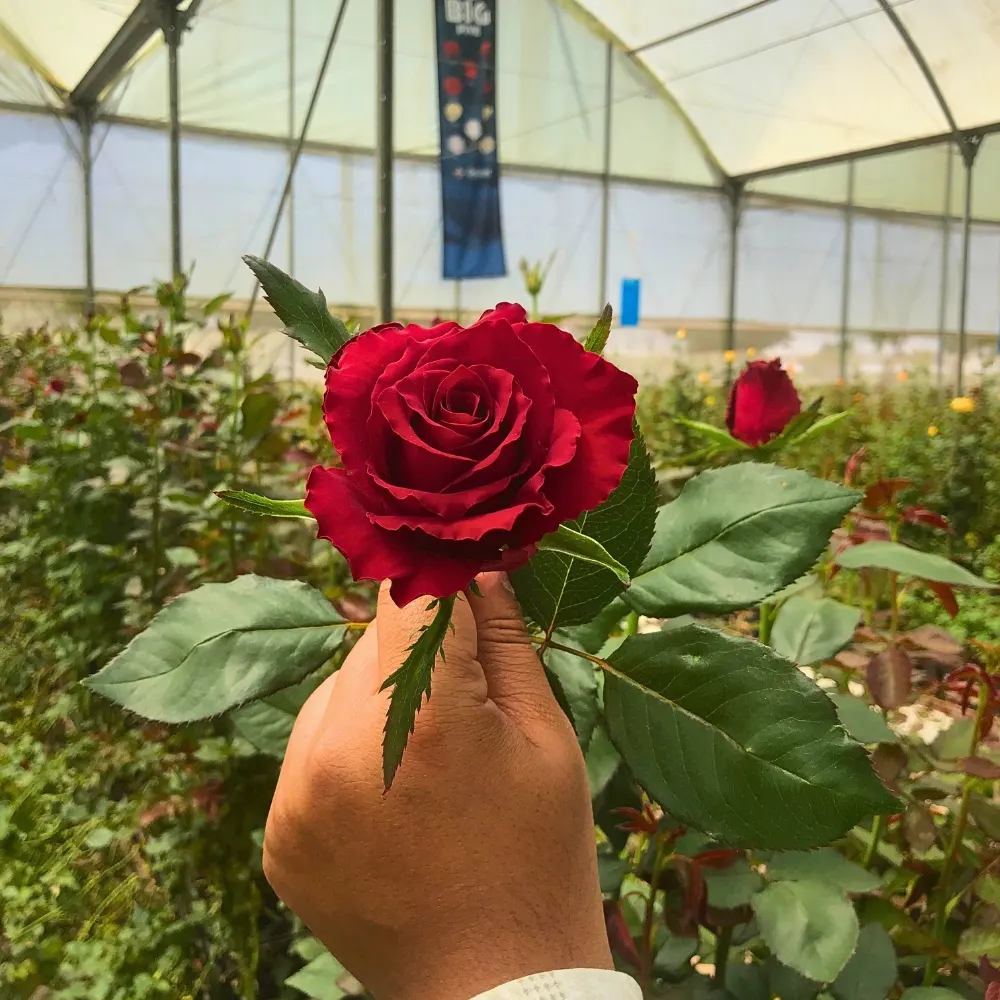All Saints' Day is recognized globally, especially within the Catholic tradition, where it holds profound religious significance. Known by various names—such as Hallowmas, All Hallows' Day, and the Solemnity of All Saints—it’s a day dedicated to honoring all saints, both known and unknown. This special day spans different cultures and faiths, each bringing unique practices to the celebration. Today, many still commemorate the day with religious ceremonies, and it also carries symbolism through flowers and other rituals. Explore its history, the global significance, and the floral traditions associated with this revered day.
What Is All Saints' Day?
All Saints' Day is a Catholic celebration on November 1st dedicated to honoring all of the saints. While most saints have their feast days on the Catholic calendar, it is not always practicable to observe them all. Instead, most Catholics select this special day in November to commemorate all of them together.
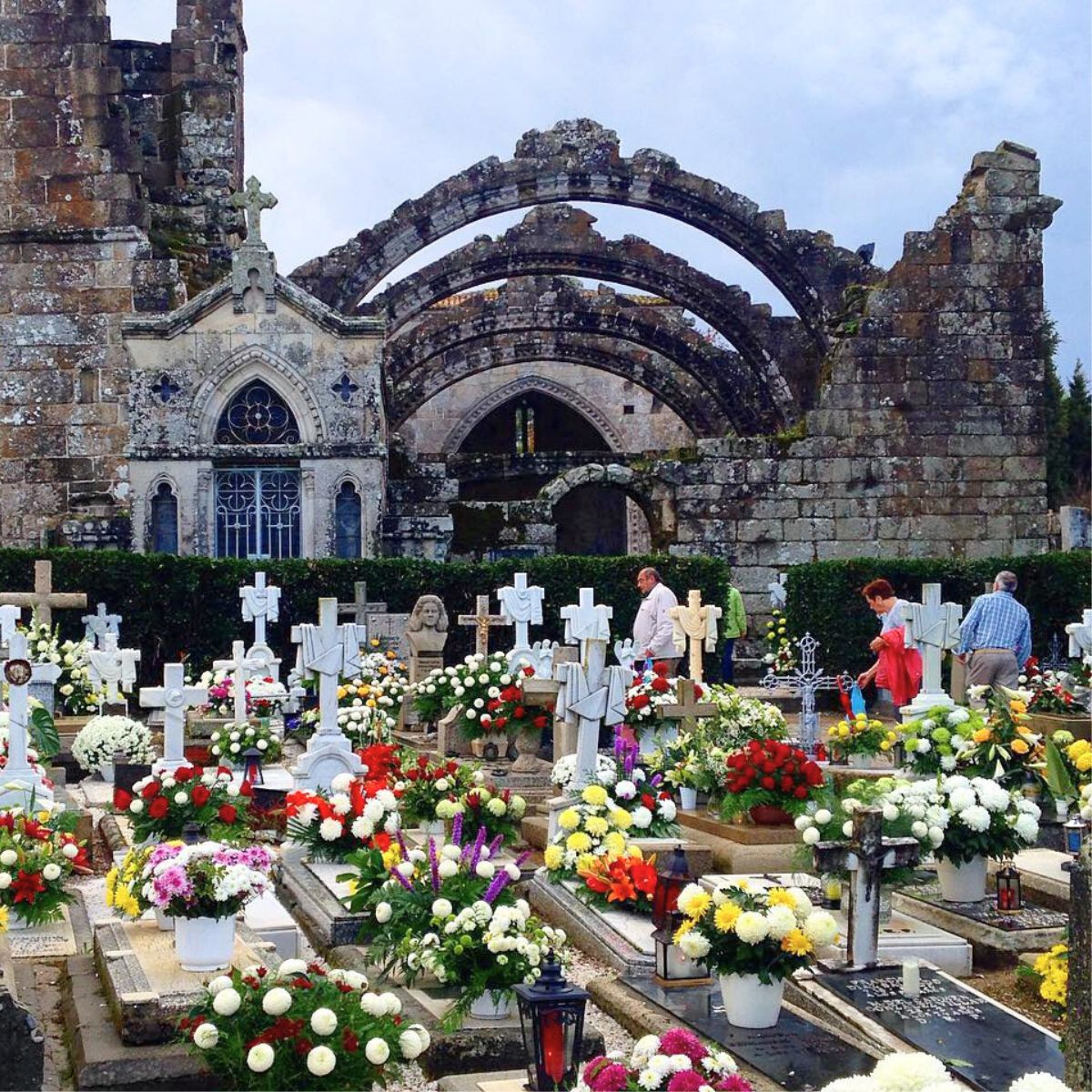
Photo: @johnnoble11
Some of the European countries that commemorate this day are Portugal, Spain, Malta, Italy, France, Belgium, Luxembourg, Catholic parts of Germany, Slovenia, Croatia, Hungary, Slovakia, Austria, as well as the United States, a few Latin American countries, and England. Although in Mexico, All Saints' Day, otherwise known as 'Dia de Muertos', is celebrated on November 2nd, the final purpose of the celebration is the same.
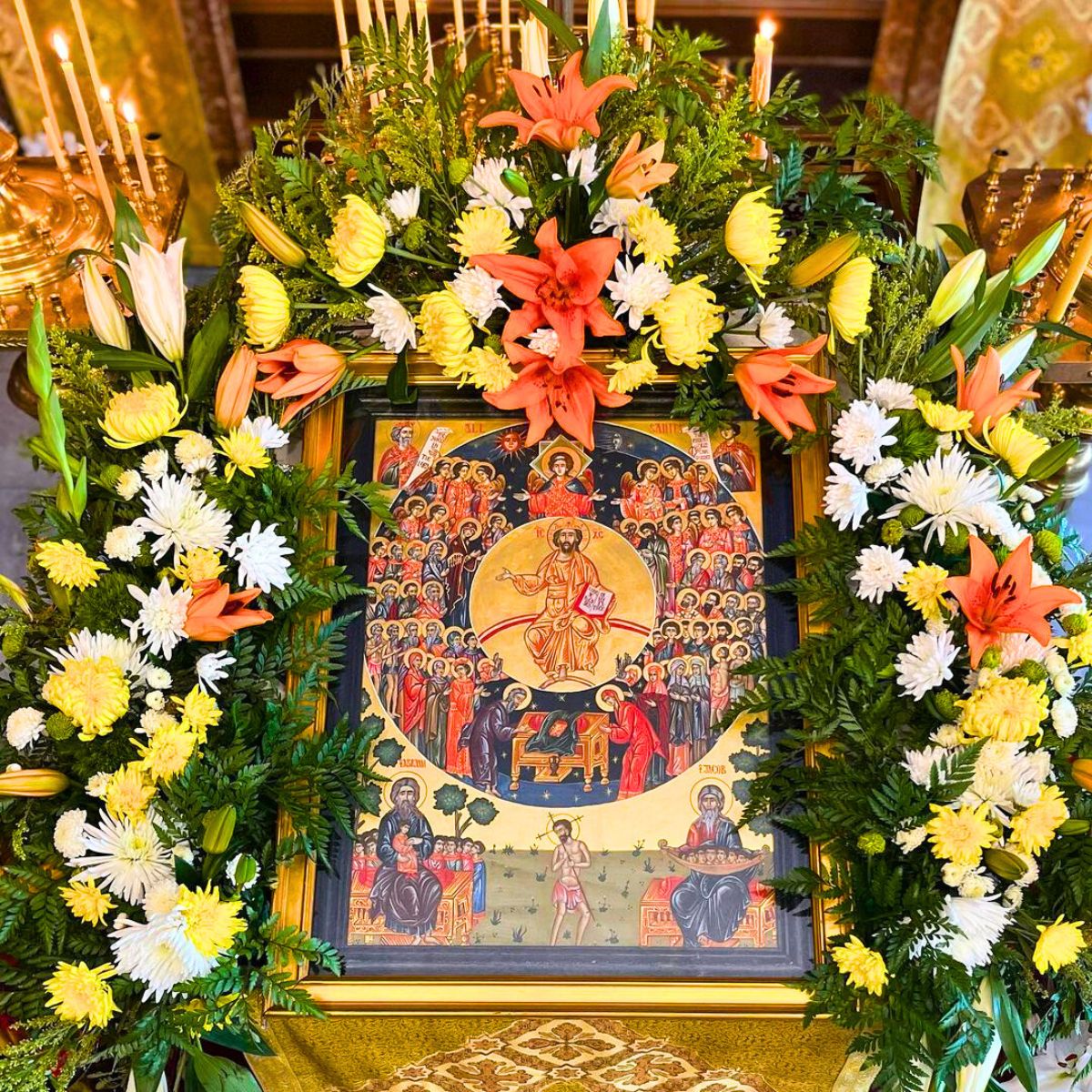
All Saints' Day is also a time to remember the saints who aren't canonized or who aren't in heaven. Some saints are known solely to God in the Catholic tradition. This celebration, which centers around a large feast, has been part of the Christian tradition since the Roman Empire. It is, in fact, tied to the Western celebration of Halloween.
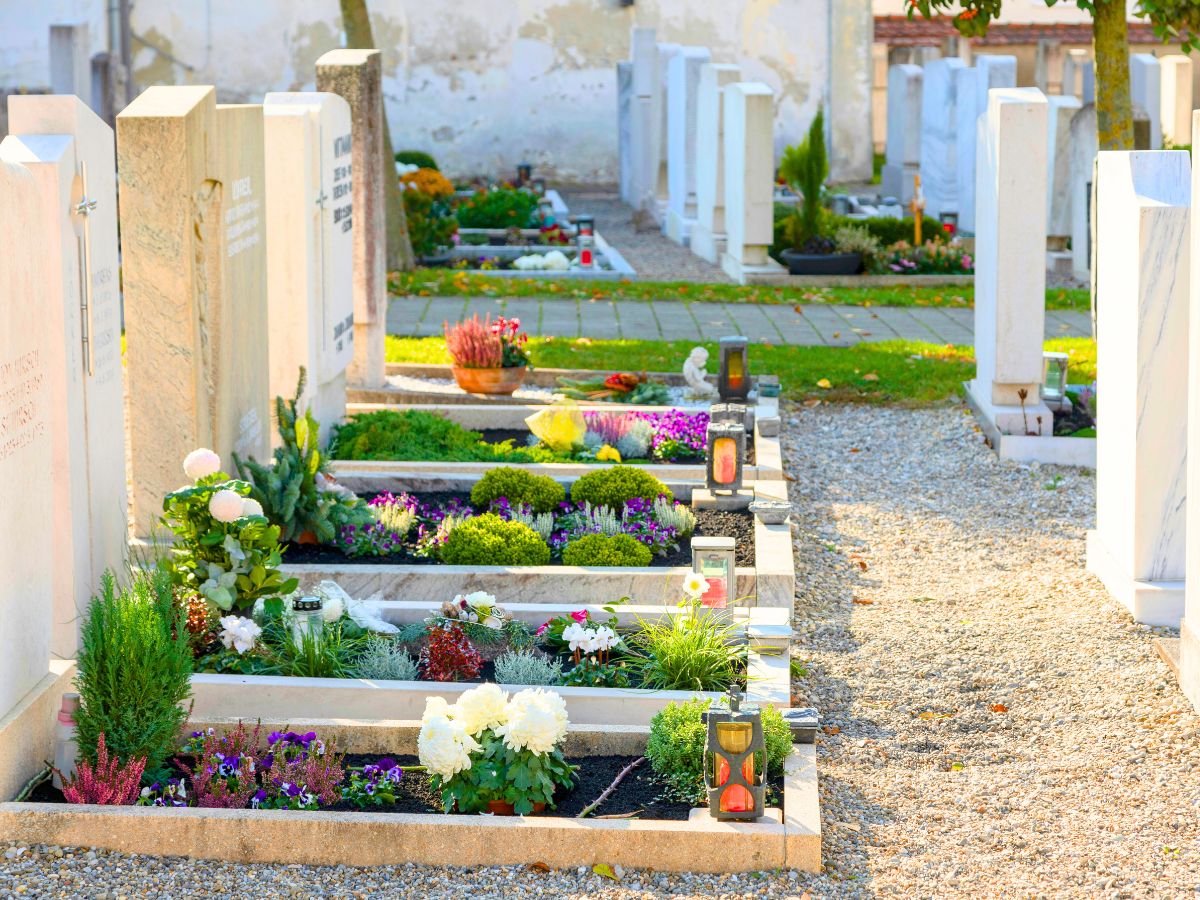
Photo: @buxnor from Unsplash
Because it was the eve of the celebration, the day before All Saints' Day is known as All Hallows Eve. Today, people simply refer to this as Halloween. Despite their pagan origins, these holidays have been absorbed into Christian culture.
A Historical Background of This Special Day
Though November 1st is the day of the official feast, the actual festivities last a total of 3 days. It starts on Halloween and lasts until November 2nd, which is known as All Souls' Day.
Even if you are not a Christian, the history of All Saints' Day is fascinating. It has a distinct connection to American pop culture and Halloween, and it has a global following. It is still associated with Catholic funeral rites and practices today. It originated in the fourth century when the Romans persecuted Christians in greater numbers. Here, they created their own holidays to honor the victims and saints they admired. However, it was not declared a feast until the seventh century by Pope Boniface IV.
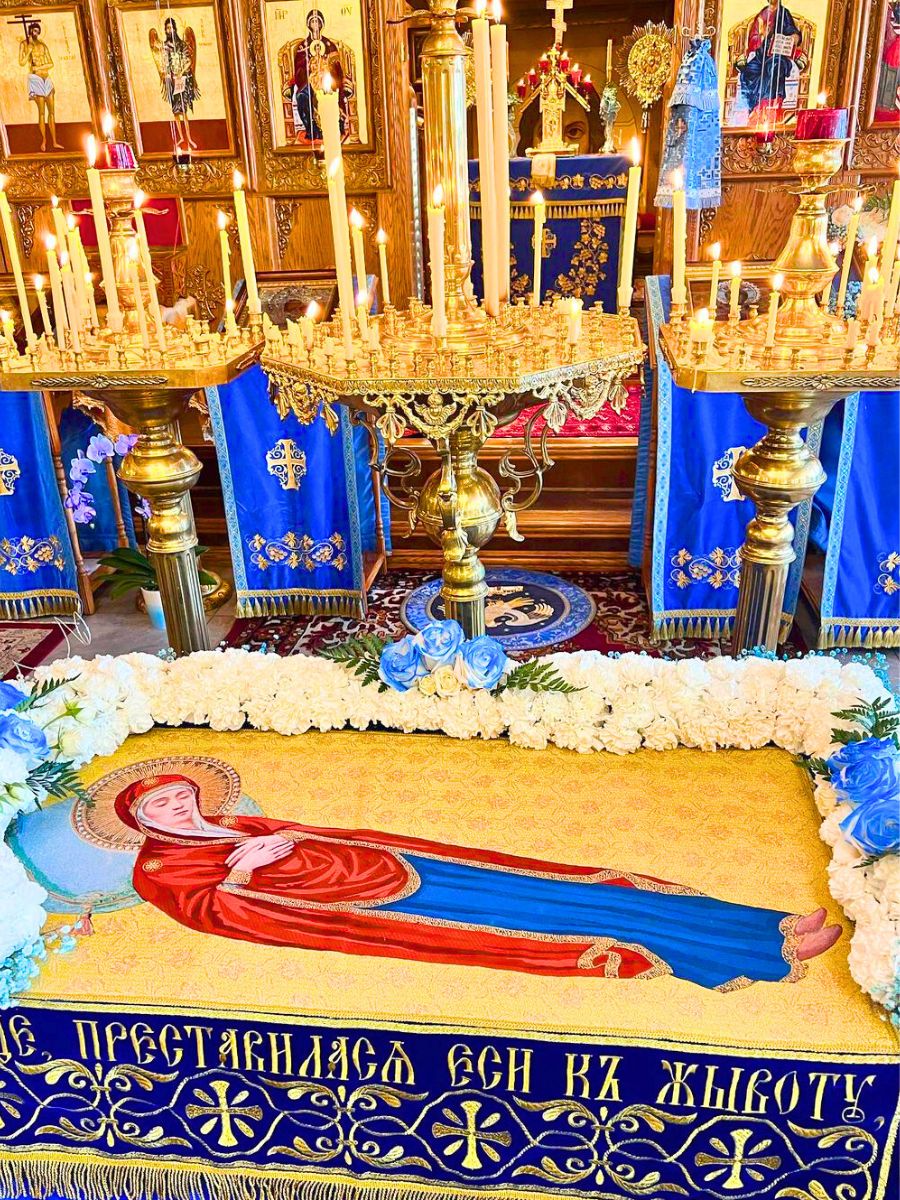
The event was shifted to November 1 in the 8th century to coincide with the Celtic holiday of Samhain. Samhain, despite its pagan origins, has a focus similar to the Roman autumn celebration. Over time, these two traditions have merged into one celebration, with both rituals and festivities. All Saints' Day was kept by the Anglican and Lutheran churches after the Protestant Reformation. However, the emphasis in these traditions is on remembering the deceased rather than worshiping saints. While protestants recognize the feast, they honor all Christians, both alive and deceased.
The special day evolved as Christianity spread over the world. It has now been modified to various cultures, traditions, and people. Beautifully, everyone has their unique way of remembering the deceased.
Why Do People Celebrate All Saints' Day?
This celebration (together with All Souls' Day) stems from the belief that the living are linked to those in heaven. It is vital in Christianity to remember the deceased, especially those who were faithful during their lifetimes.
All Saints' Day is a day to thank the saints for their dedication and service. Though many well-known saints have their commemorative days, not all do. This is a day to thank those who are less well-known, as well as those who are well-known. This day observes the following:
- Catholic feast day. All Saints' Day is considered a Holy Day of Obligation in the Catholic church. Except in extraordinary cases, all Catholics are required to attend Mass. It is a day of thanksgiving in honor of the saints who have gone before us.
- Though there is a focus on the saints, this is also a time to remember the role they play in salvation. In Christianity, anyone can lead others to God, which is something to rejoice about.
- Lastly, All Saints’ Day is a moment to come together as Christians. This is a time for togetherness, family, and remembrance. There are many community and family events, and this holiday has a special place in many lives.
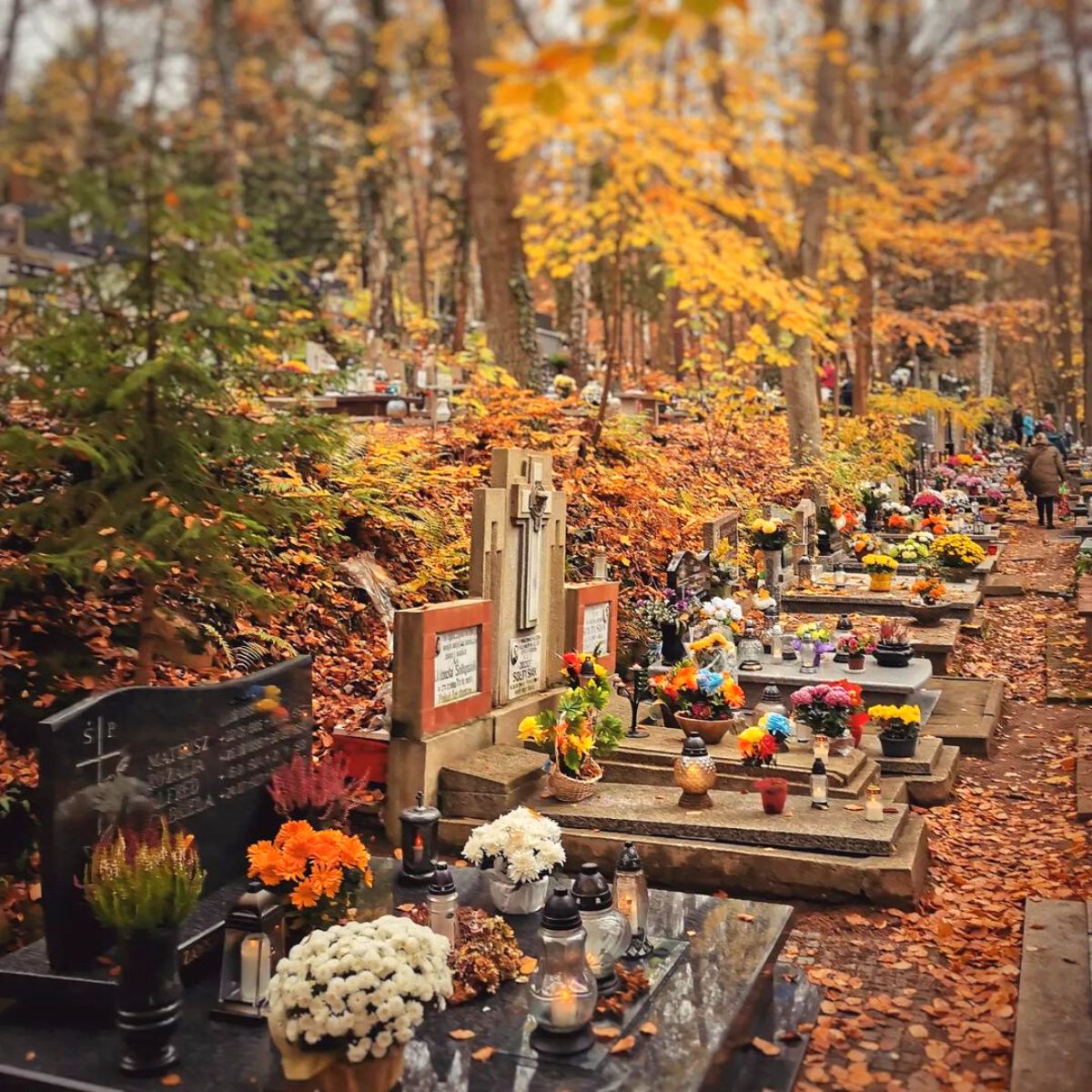
Photo: @365studiobeznazwy
How Do People Celebrate All Saints' Day Around the World?
In South America and Spanish-speaking countries in Europe, such as Spain, you’re more likely to hear All Saints’ Day referred to by its Spanish name, 'Dia de Todos Los Santos'. On the other hand, it is also celebrated in America and Canada, but mostly within Catholic or Hispanic communities. Dia de Los Santos has another name you’ve likely already heard before, Dia de los Muertos, or Day of the Dead, as known in Mexico. Like other places around the world, the traditions of All Saints’ Day merged with existing indigenous beliefs, blending the old with the new. In countries with a strong indigenous culture, you’ll find a lot of unique traditions associated with this celebration.
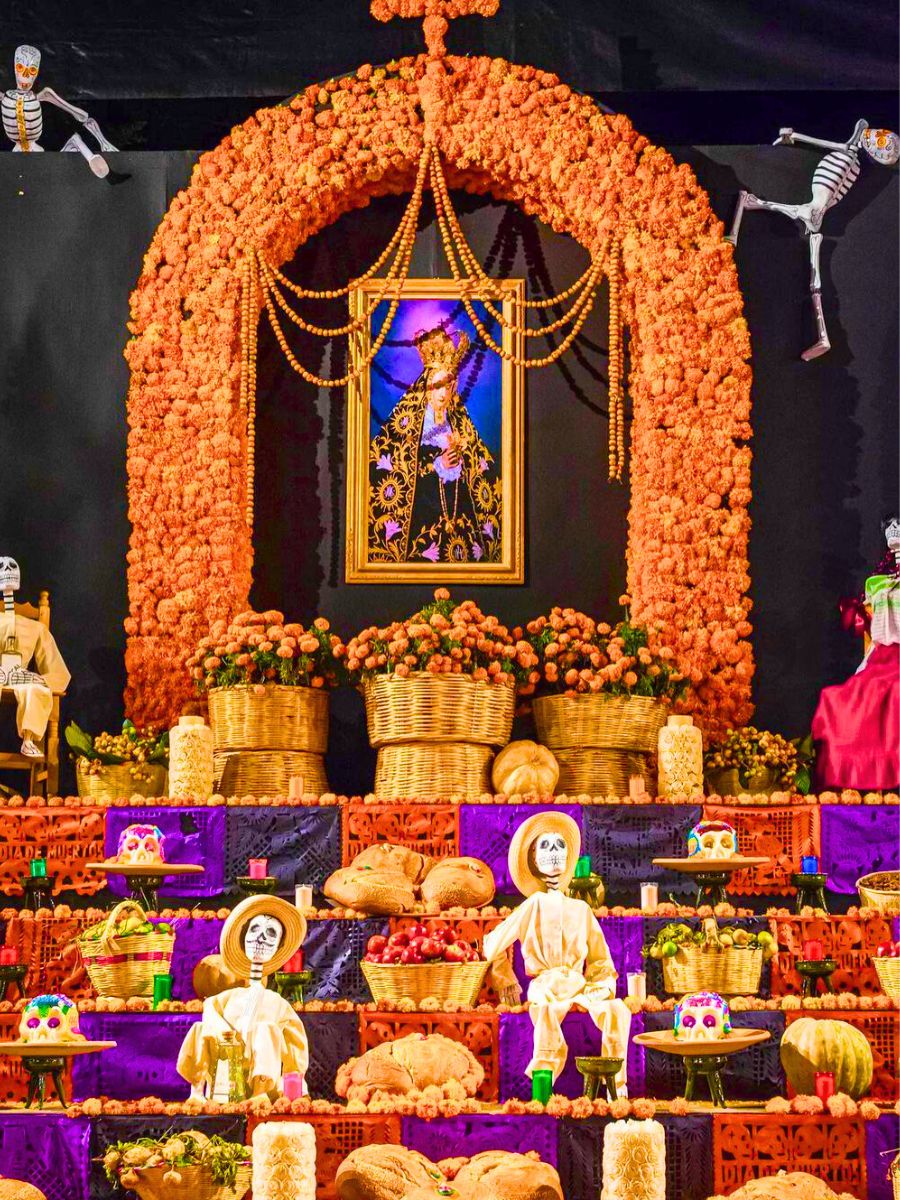
In Latin America, families visit the gravesites of their deceased relatives. They usually bring food and flowers with them. This is one of the most well-known Mexican funeral traditions but it’s popular across all of Latin America. This is a time of inclusivity and celebration. Doors are open to guests who share traditional dishes, focusing on the favorite foods of their ancestors. Parties are held in cemeteries, and this is a joyous day.
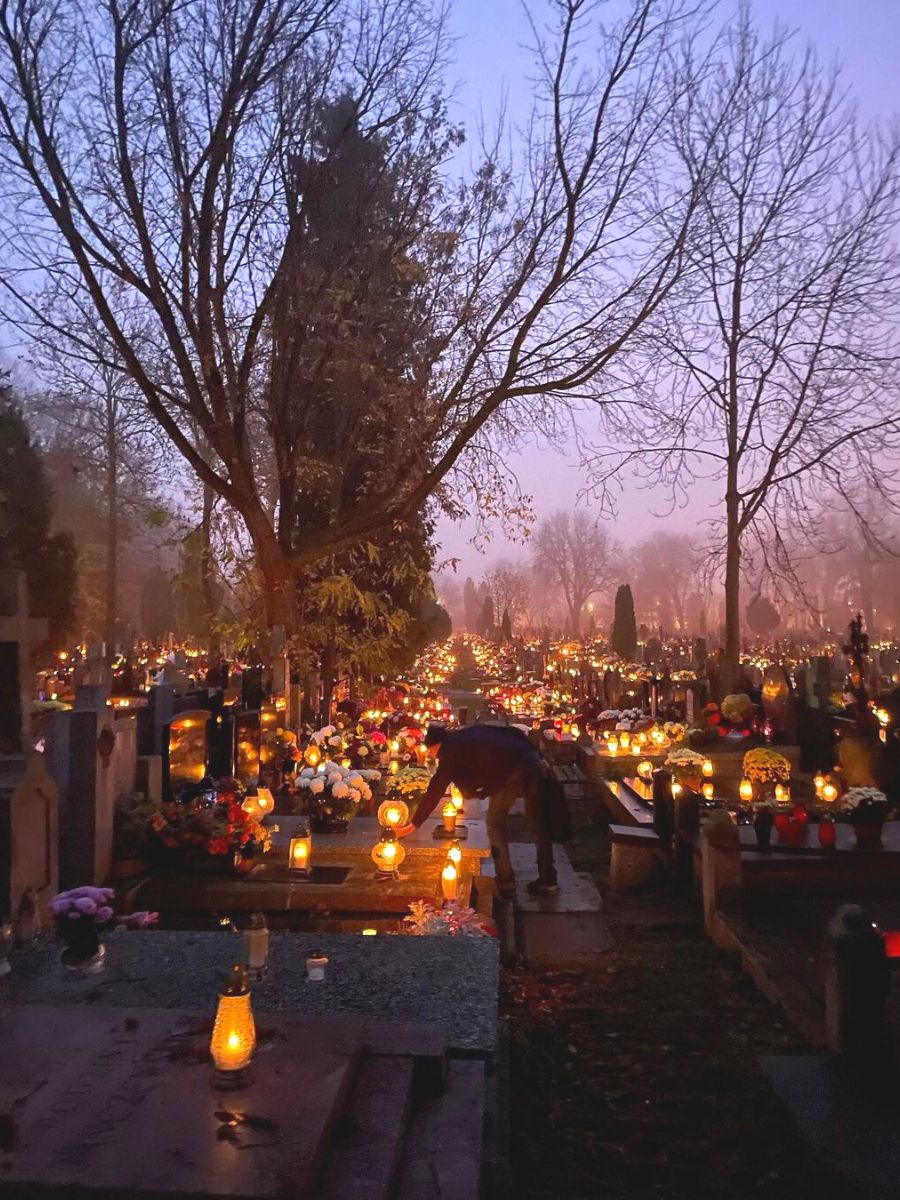
Photo: @somomono
Europe, like Latin America, has placed its own spin on this festival. Different traditions will be found based on which country you are in. In Eastern Europe, it is customary for families to light candles to carry to their relatives' graves. Godfathers in Germany and Austria present their godchildren with a braided pastry. As can be seen, no two practices are the same.
In Ireland, All Saints’ Day relies heavily on the Celtic tradition. This was a time of year that was believed to break down the boundaries between the mortal and unearthly realms. Ancient people believed their dead relatives could communicate with them during this time. Irish traditions help link these ties between the living and the dead.
It's no wonder that Italy has its unique customs as the home of the Catholic Church. Each Italian region and family has their unique way of celebrating, but there are certain commonalities. First, everyone in the family makes All Saints' Bread, a dough containing raisins, figs, and walnuts. There is also a particular dessert that is popular during the holiday season. Many people give gifts to their families, and parades are held in local cities and villages to commemorate the saints.
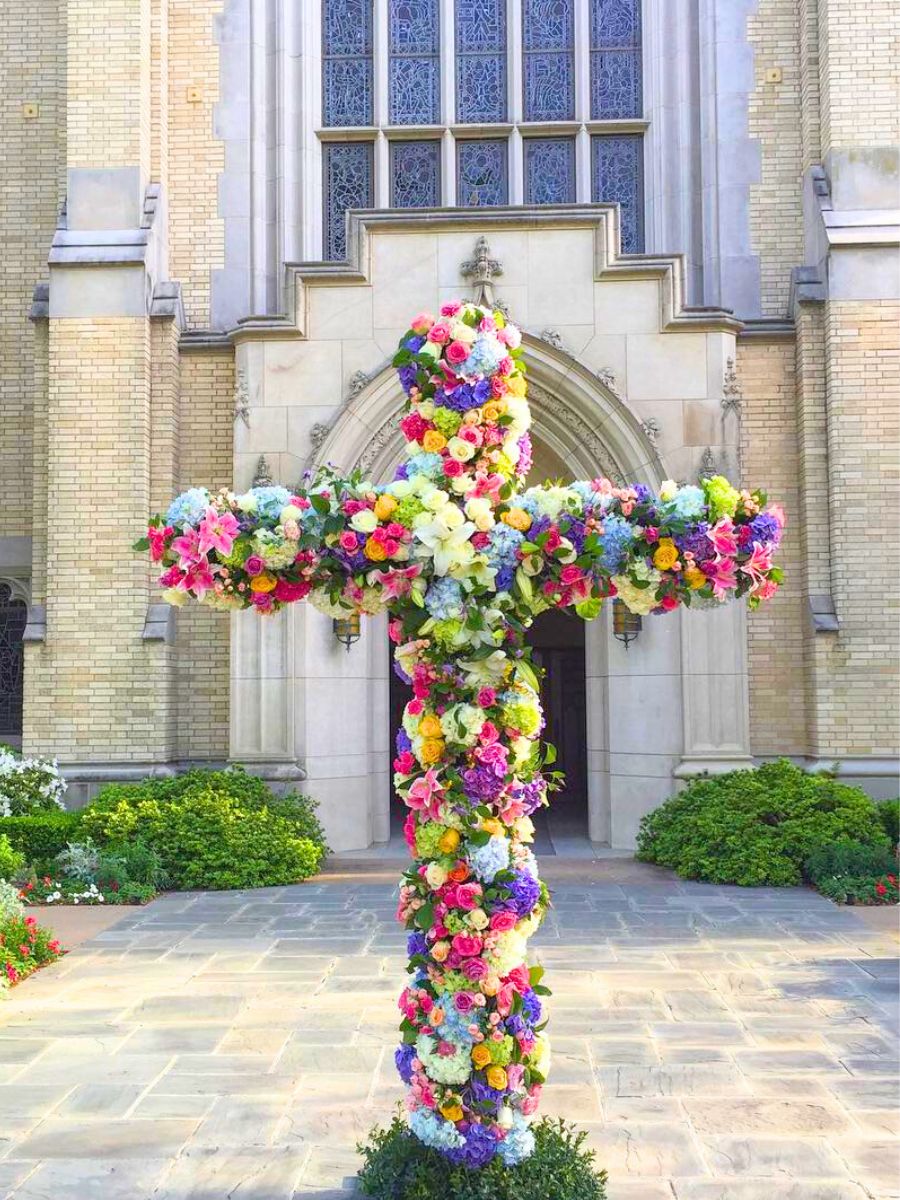
Flowers That Symbolize All Saints' Day
It is traditional to go down to the cemetery and put flowers on the graves of loved ones. It is also quite common to picnic on the grounds. This happens in the Philippines, for example, where all the graves are adorned with fresh flowers. The kinds of flowers used are those traditional for putting on graves.
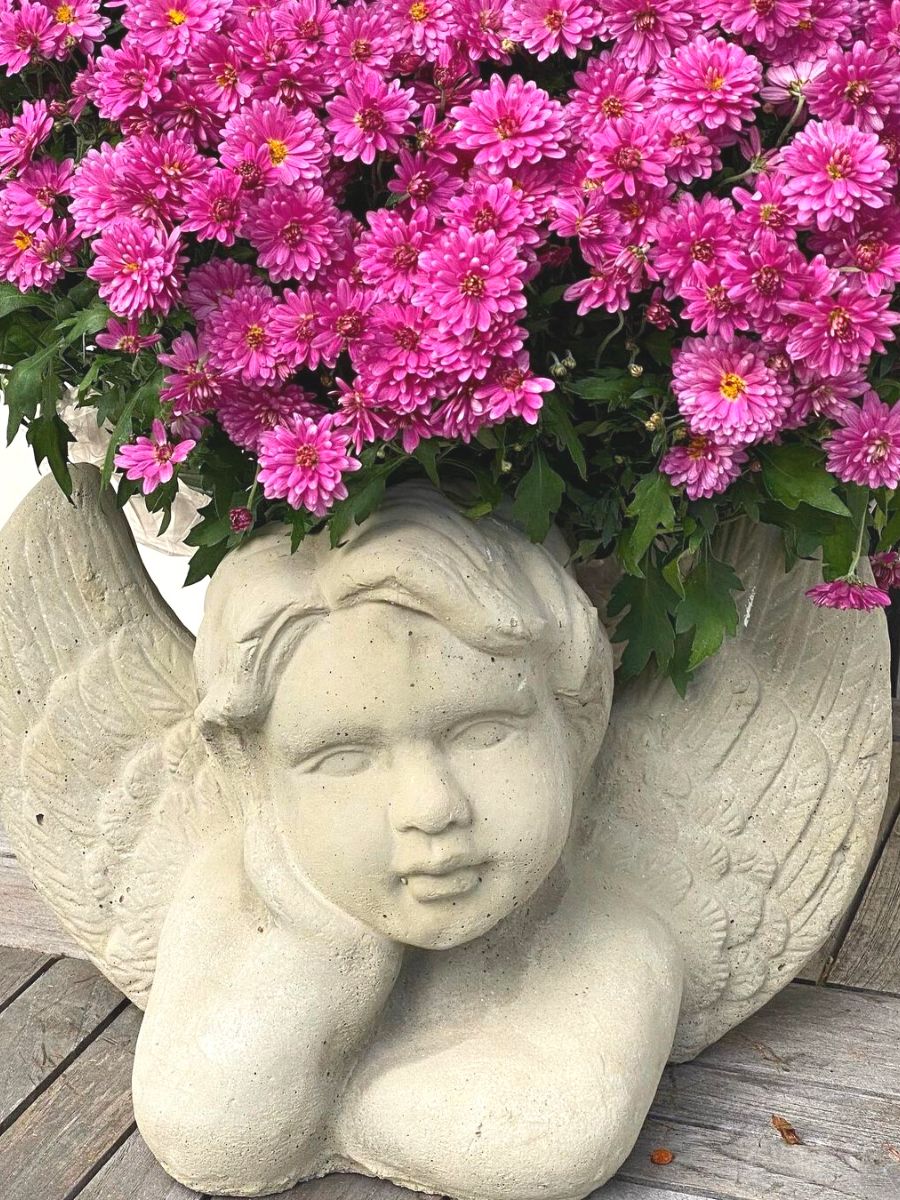
As it is a celebration rather than a mourning of passing souls, more colorful flowers such as marigolds, Cymbidium, roses, callas, and Chrysanthemums might be used, as well as more respectful bouquets of white lilies.
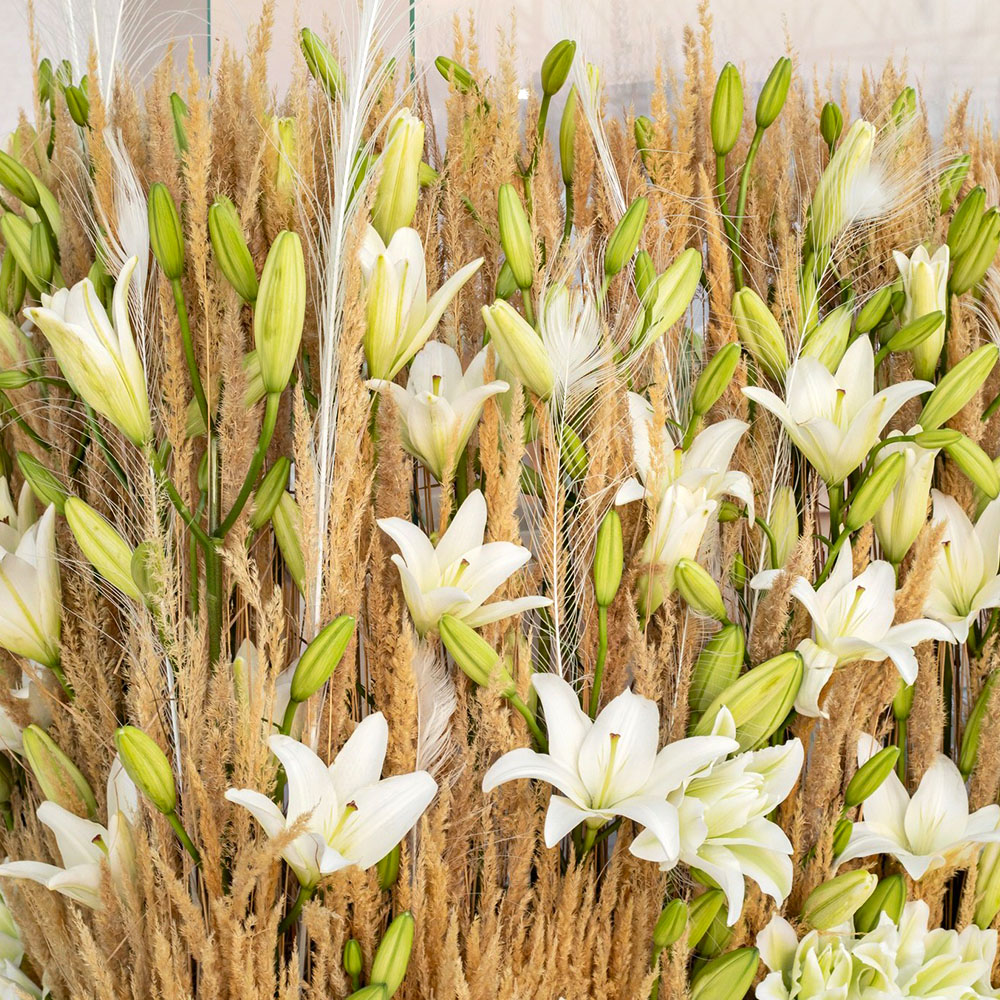
In this case, white Chrysanthemums are also a very popular choice to celebrate All Saints' Day due to their symbolism. These flowers are reserved for mourning and grief. However, white chrysants can also signify innocence, purity, honesty, and loyalty. Specifically for this case, it's a flower that is used to mourn lost ones and really works to commemorate this day.
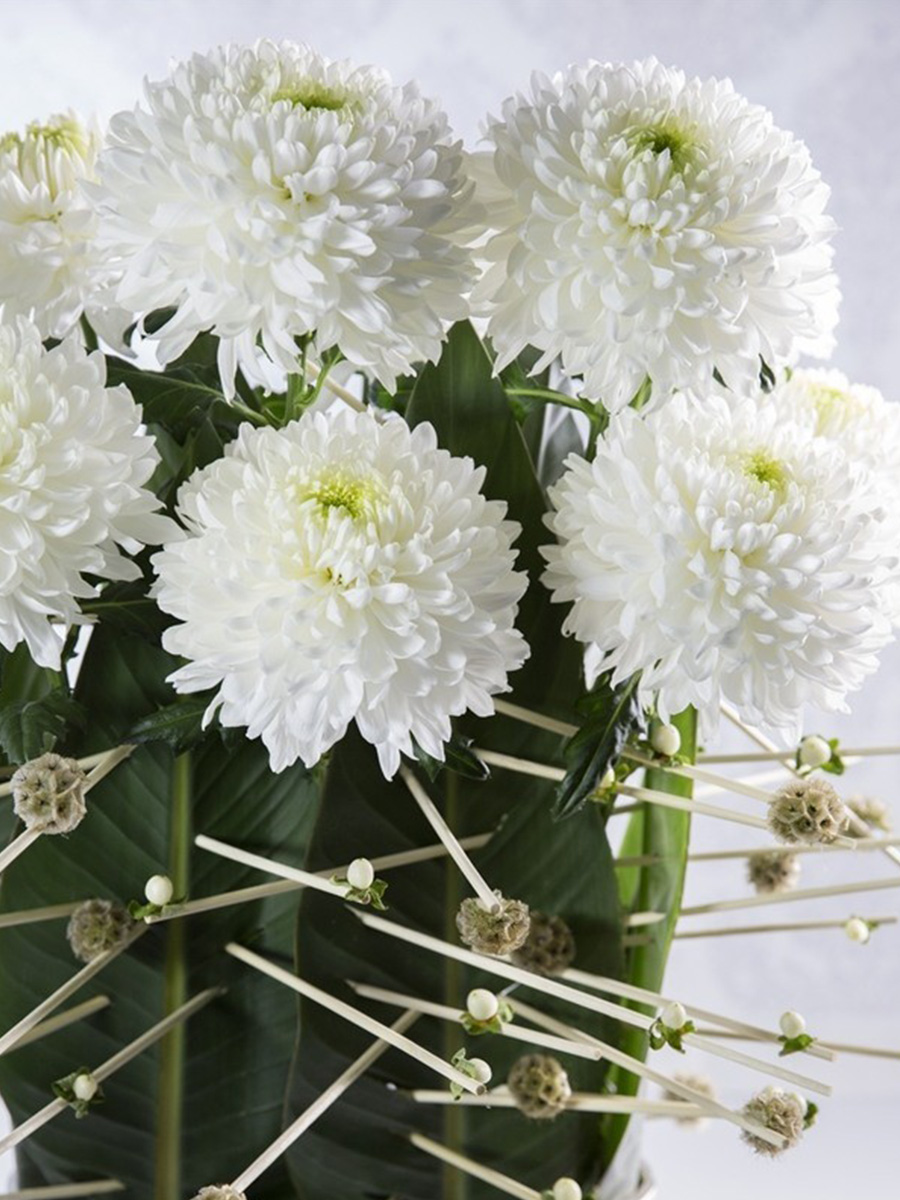
When it comes to traditions in Europe for All Saints' Day, people usually take to the graves a beautifully made and complete flower arrangement that includes all the flowers mentioned above. White or yellow Phalaenopsis orchids, for example, are a very well-known and popular type of flower to include in an All Saints' Day arrangement due to their delicate shape, symbolism, and colors.
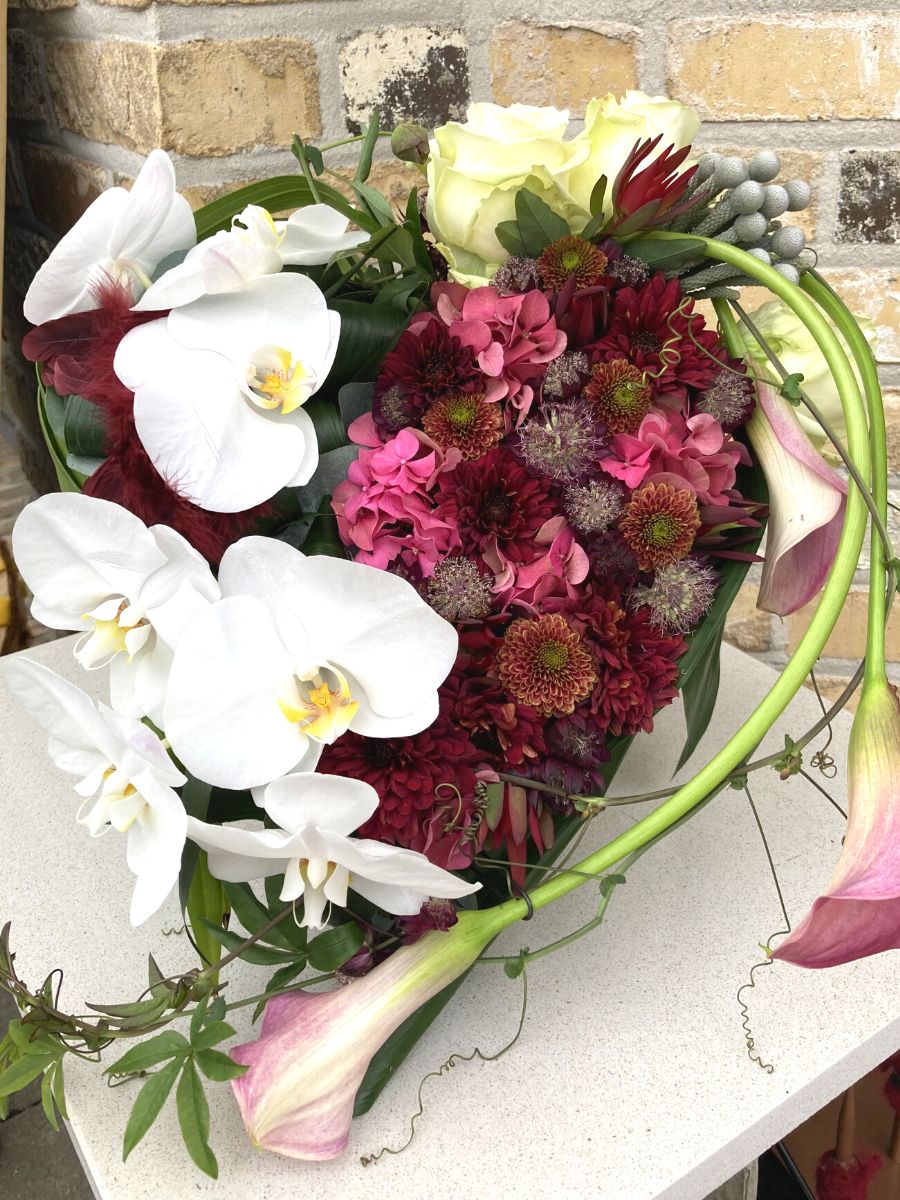
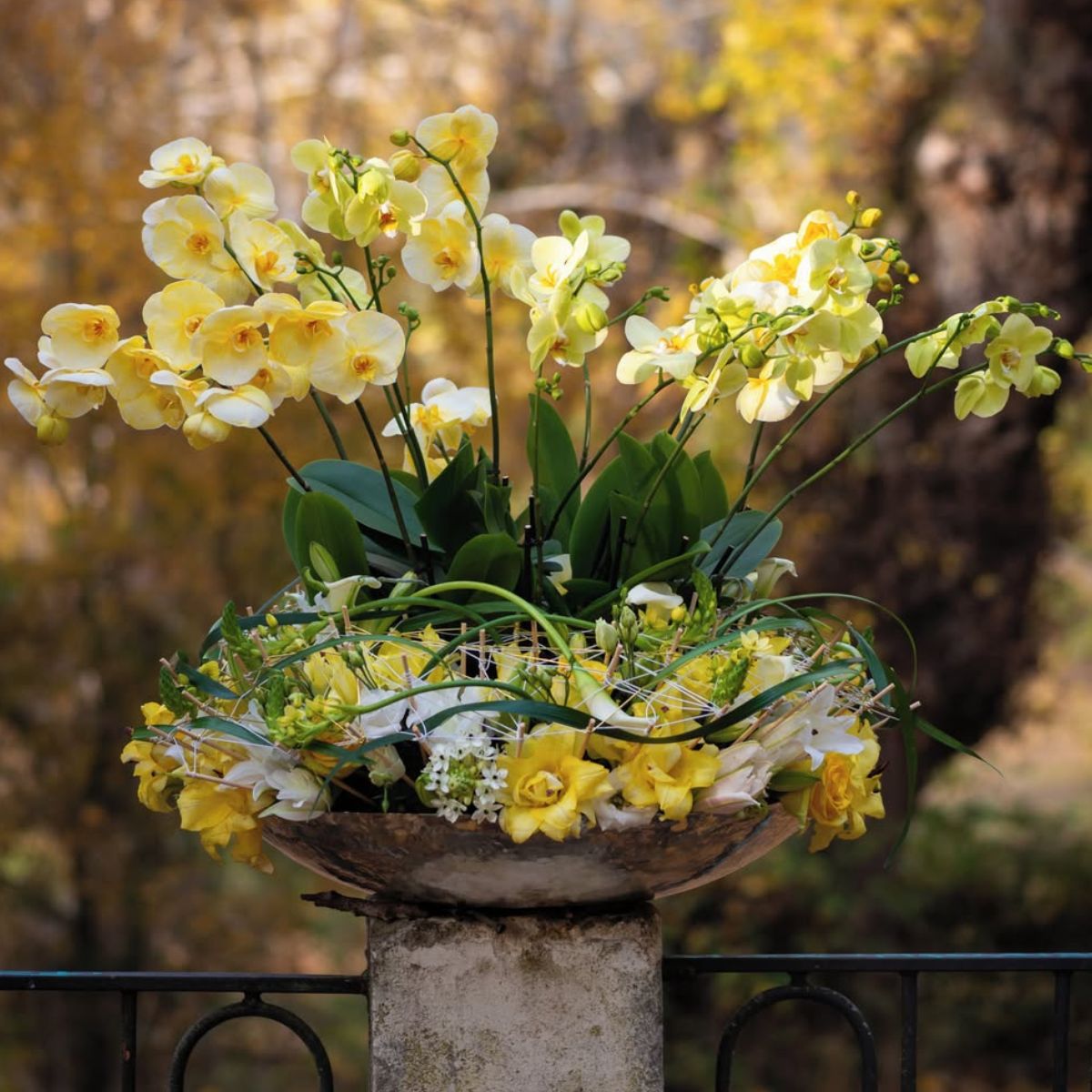
Let's not forget the use of calla lilies as well. Nowadays, callas are more symbolic of purity, sympathy, beauty, rebirth, and union. Specifically, a choice that is popularly used for this day is white and pink calla lilies. White calla lily flowers have come to represent resurrection and rebirth. This is also why calla lilies are a traditional choice for funeral arrangements and expressions of sympathy. Pink calla lilies symbolize appreciation and admiration, so they are a great fit to celebrate the upcoming day
Lastly, the tradition of placing candles on the graves the evening before All Saints’ Eve is becoming more common. This special day is coming up quickly, so make sure to get your favorite flowers to celebrate this day the right way.
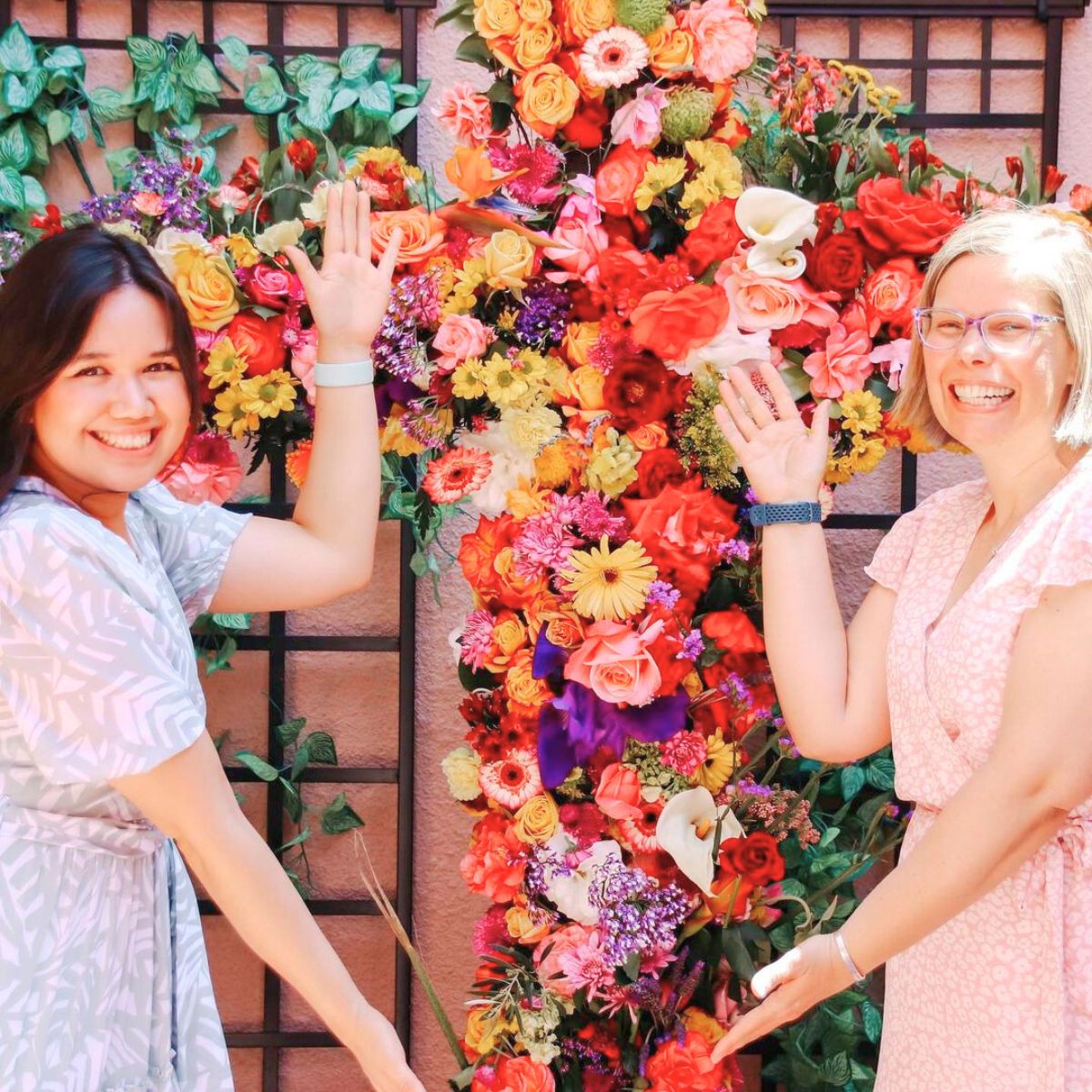
Red Roses for All Saints on the 1st of November
In many countries, the color red is a symbol of love. Rose Red Naomi! is the perfect rose to express the idea that love never ends. Belgian designer Annick Mertens made a cemetery design and wrote a blog about it, in which she says about Porta Nova's Red Naomi rose:
"For me, it’s a rose that gives power to your flowerpiece. To honor someone special on All Saints' Day, the rose with its many petals opens up unexpectedly and beautifully to remember with a big heart the life of that special someone."
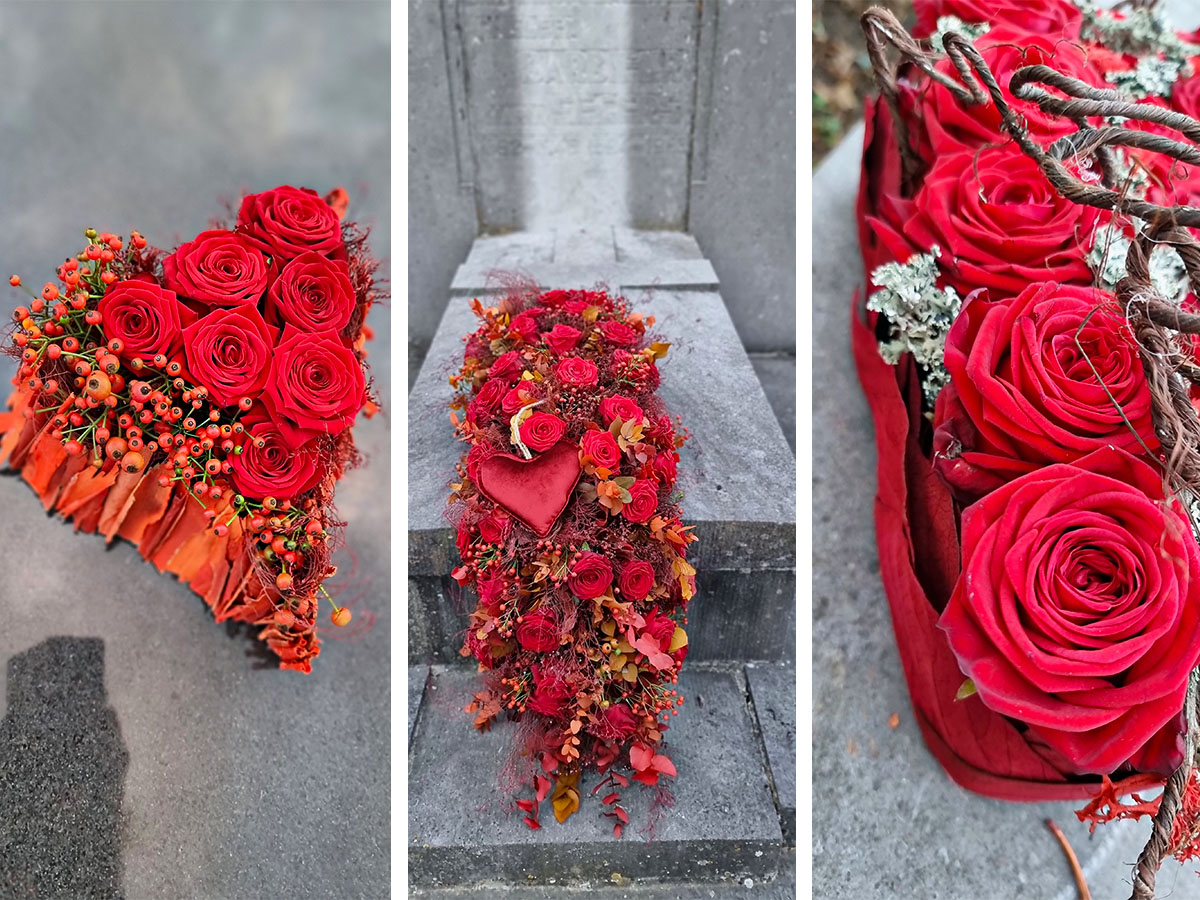
Already a thousand years ago, people used branches and flowers to weave a bed to carry them away and say goodbye to their deceased. Now, All Saints' Day, which is celebrated and commemorated on the 1st of November, is a day that many people visit their loved ones' graves at the cemetery, and a great opportunity to place special flowers that have special meanings.
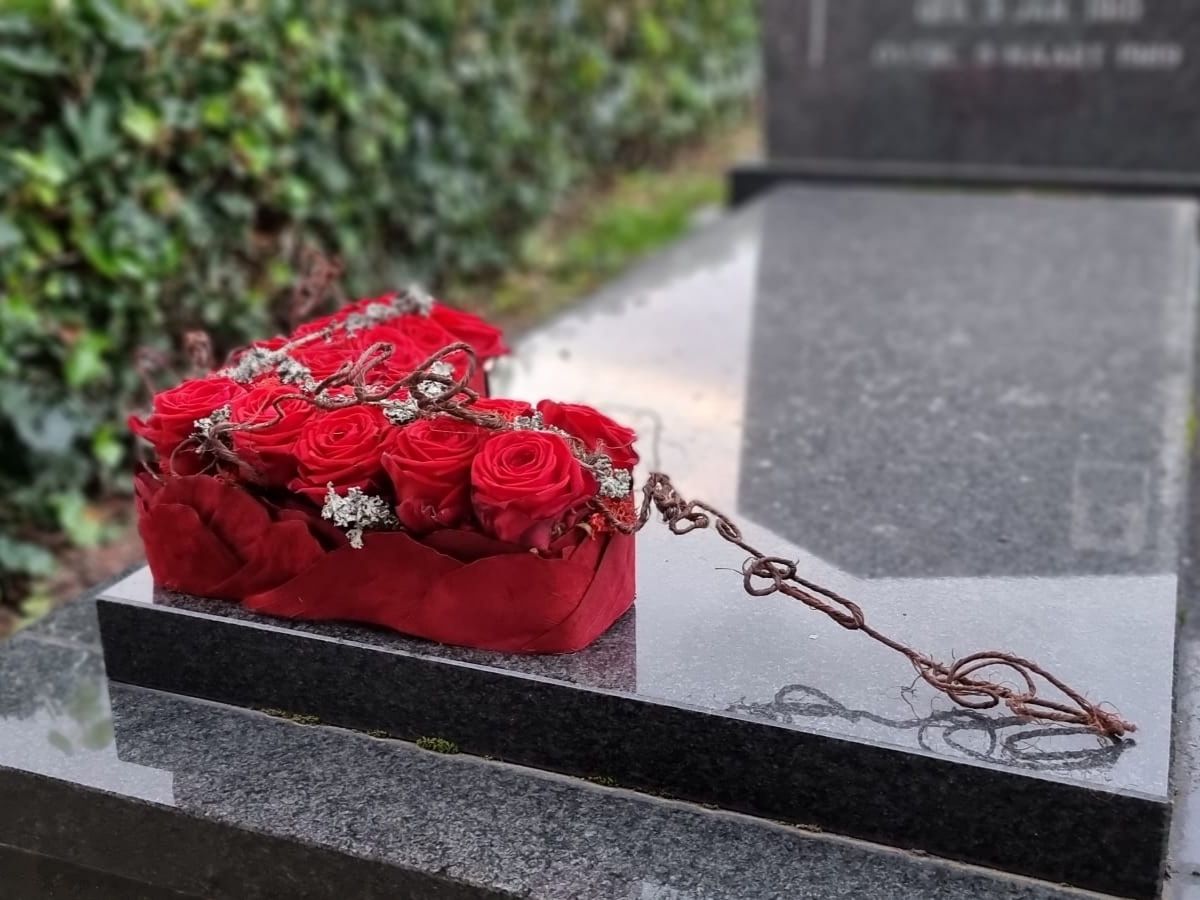
Flowers, as every year, will be seen all around graves and in bouquets to honor the lives of the dead. All Saints' Day is coming, and you might as well begin planning what significant flowers you'll want to have around to celebrate and remember your loved ones.
Header image by Porta Nova and designs by Annick Mertens.

